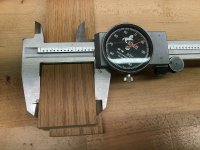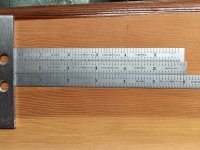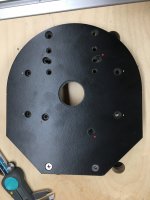Richard/RMW
Member
- Joined
- Jul 11, 2010
- Messages
- 3,063
Can anyone recommend good tutorials or resources to learn the skills to accurately measure something like a router base plate? The goal is to develop the skills needed to take something existing, like the base plate, and do a precise take-off of the various feature that can then be reproduced in CAD or otherwise.
A corollary to this is anything related to doing accurate layouts when creating stuff, i.e. techniques for layout lines, center punching, fixturing, etc. What I think I'm looking for are the skills of an old-time tool & die maker from pre-CAD/CNC times. I'm already searching Tom Lipton's YT channel but wondered if there are more focused resources.
I'll actually use this for a router base plate but I'm looking for some general education on how to do it properly in whatever scenario I run into.
Thanks,
RMW
A corollary to this is anything related to doing accurate layouts when creating stuff, i.e. techniques for layout lines, center punching, fixturing, etc. What I think I'm looking for are the skills of an old-time tool & die maker from pre-CAD/CNC times. I'm already searching Tom Lipton's YT channel but wondered if there are more focused resources.
I'll actually use this for a router base plate but I'm looking for some general education on how to do it properly in whatever scenario I run into.
Thanks,
RMW






